Environmentalists brace for another agitation to protect Madayippara from K-Rail threat
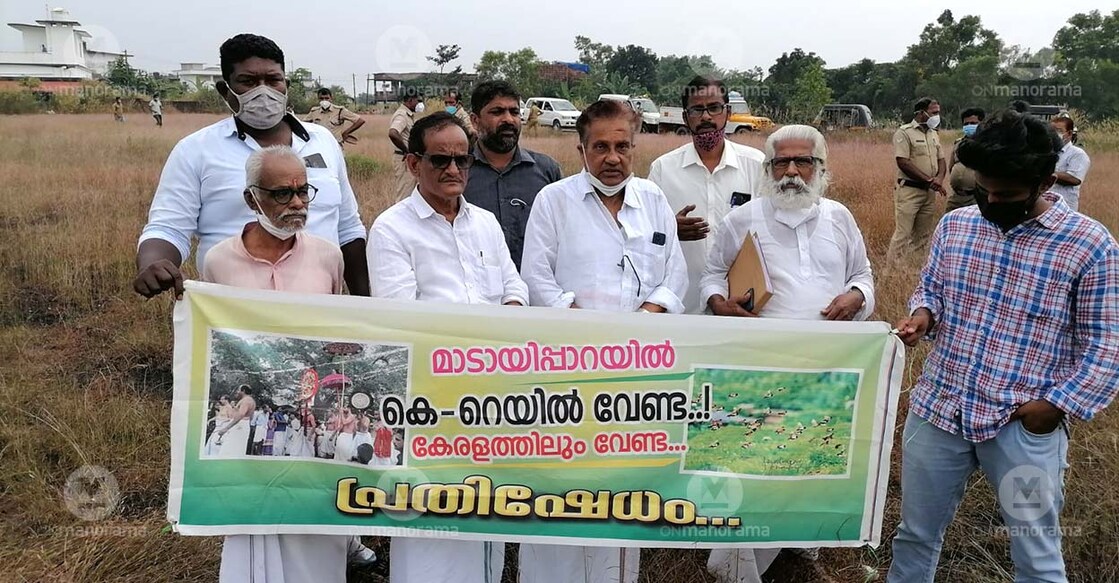
Mail This Article
On November 10, a group of people marched to a hillock in north Kerala's Kannur district and demanded the officials to stop their land survey. "We don't need K-Rail in Madayippara. Kerala doesn't need K-Rail either," they shouted.
When the police tried to remove them, 78-year-old KP Chandramgadan lay on a hot rock and continued raising slogans. "I would give my life to protect Madayippara because it is a priceless biodiversity hotspot," he told Onmanorama later.
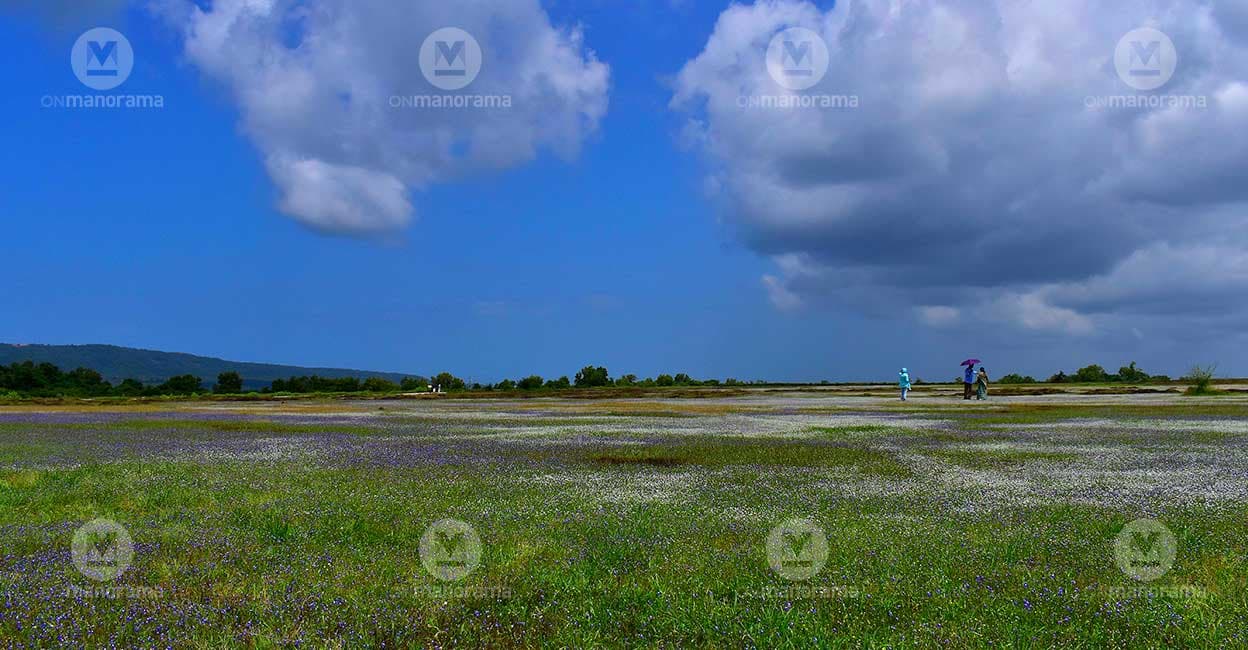
Protesters like him believe that K-Rail, the Kerala government’s 532-km semi-high speed railway project that promises to connect north and south ends of the state at a cost of Rs 64,000 crore, threatens the very existence of Madayippara.
Madayippara is a laterite hillock that lies 25km north-west of the district headquarters of Kannur. What makes the 300-acre area a biological hotspot is the presence of rare plant and animal species.
Consider this. Madayippara is just 0.01 per cent of the total area of the district, but it is home to 60 percent (670 species) of the total plant species (1132) found there. It also hosts 750 animal species.
The successive governments that ruled the state, however, never bothered to protect the biodiversity hotspot. On the contrary, they tried to destroy it, sanctioning multiple projects to exploit minerals and rocks from it. Hence the onus of protecting Madayippara always fell on environmental activists whose perseverance ensured that the hillock remained intact.
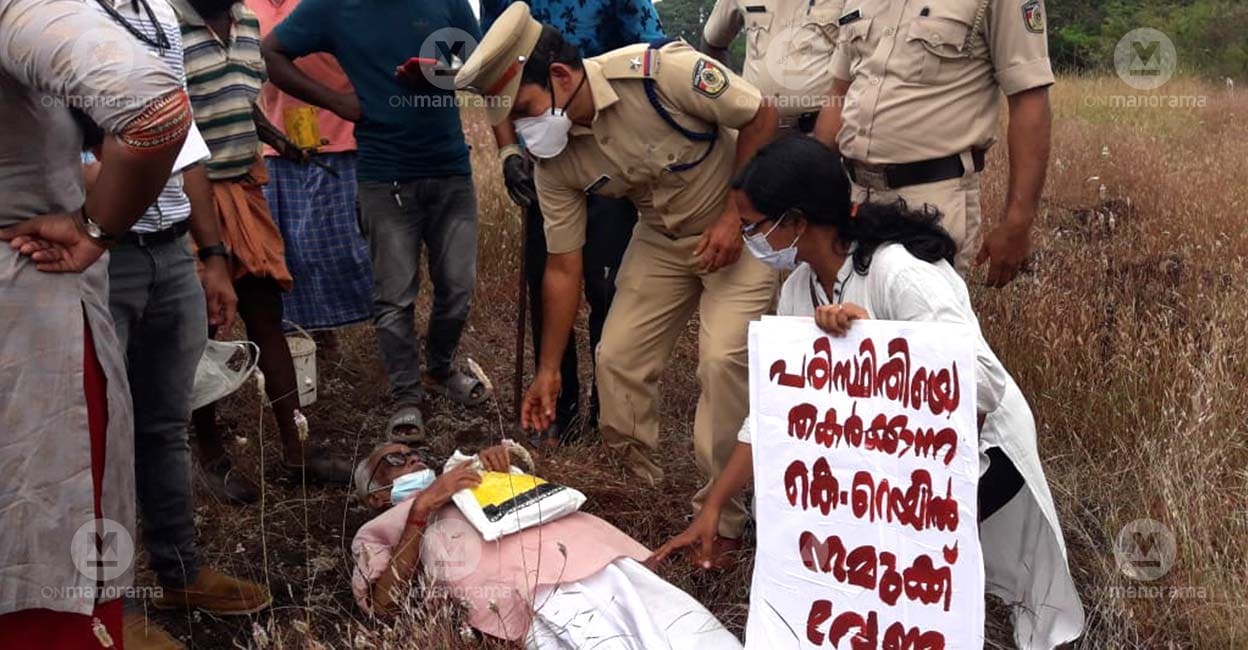
The first massive protest organised by them was against china clay mining.
A private firm - Hindustan China Clay Company - began mining precious china clay from an 11-acre plot in 1952. Twenty-four years later, in 1976, the company closed down because of the financial crisis. In 1981, the state government took it over and renamed it as Super Clays and Minerals Limited. The company came under complete government control in 1983. Subsequently, the name was changed to Kerala Clays and Ceramics Limited.
The mining caused huge pollution and destruction of biodiversity. Pleas to stop mining fell on deaf ears. Environmental activists, with the support of local residents, then launched protests in 1993. The agitation continued till the Kerala High Court ordered the closure of mining operations in 2016.
Those who led that 23-year-long agitation say they may have to resort to similar protests to stop K-Rail’s entry to Madayippara.
Madayippara’s relevance
Madayippara is home to some of the rarest plants of the world, such as Nymphoides krishankesara (Krishnaneythal), Rotala malabarica (Malbaar Rotaala), Lindernia madayiparense (Krishnappoo), Eriocaulon madayparense (Choothu), Drocera Indica (Theeppullu) etc.
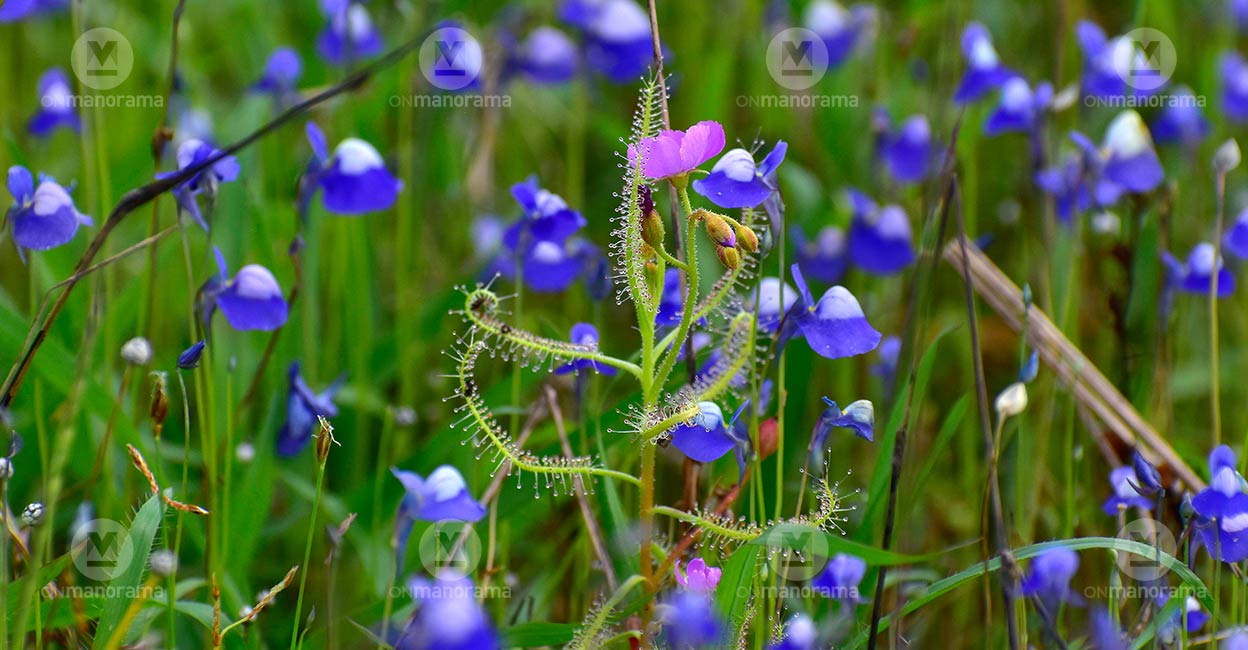
Researchers have spotted more than 220 bird species, 158 types of butterflies, 55 species of odonates, 55 species of moths, 200 varieties of grasshoppers, 40 types of orthoptera, 20 species of amphibians, 32 varieties of reptiles and 21 types of mammals here.
It is a favourite destination for migratory birds from around the globe. Twenty-four species of birds visit here during monsoon season. The hillock is a major source of drinking water for the people residing in nearby villages because of the ability of small chambers and tubes in the sandstone to hold water like a sponge. Studies have established that the hillock holds 272 crore litres of water during the monsoon months between June and September.
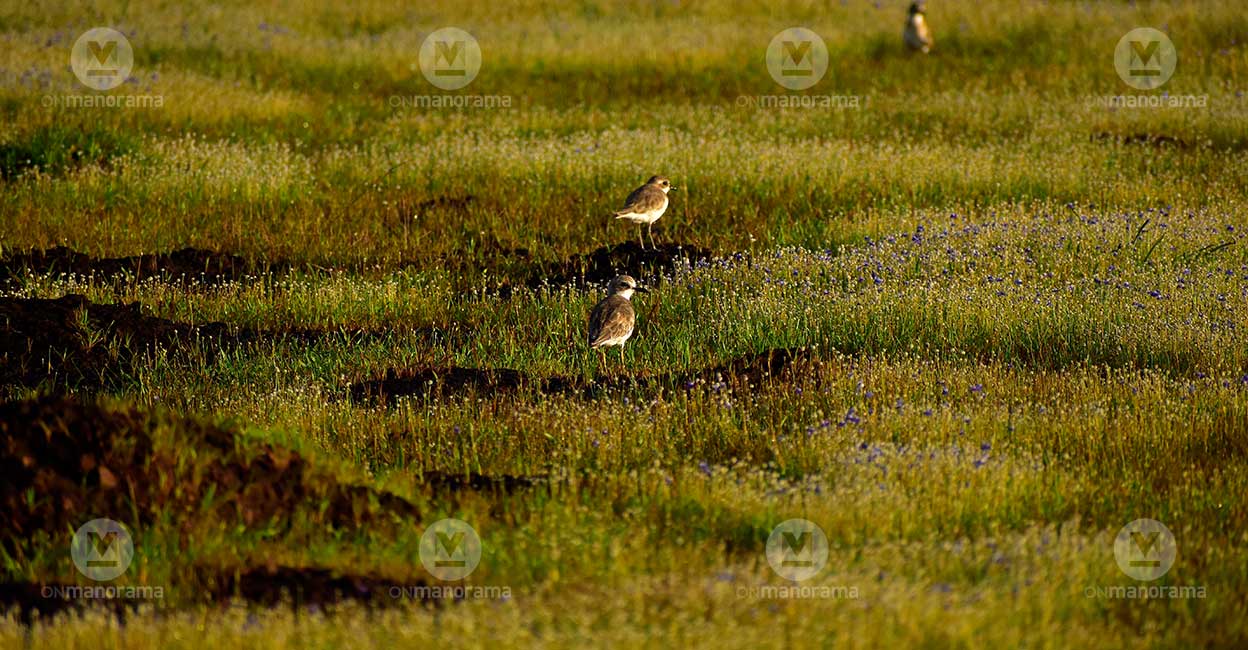
Protests to intensify
The government ordered land acquisition in Madayippara through a notification dated August 18, 2021. Despite concerns raised by environmentalists, the government appears to be serious about implementing the project.
“Madayippara is the lifeline of Madayi. How could a responsible government destroy such an important biodiversity spot at a time when Kerala is facing the vagaries of climate change. The government is backtracking from its duty to protect the environment. Instead, it is presiding over environmental destruction,” said K P Chandramgadan, one of the founders of the Madayippara Protection Committee, which was formed during the anti-mining agitations.

V C Balakrishnan of the Society for Environment Education in Kerala (SEEK), a non-governmental organisation based at Payyanur who identified many flora and fauna species at Madayippara, said no human activity should be allowed at the biological hotspot. “The K-Rail construction will destroy the hillock that holds a huge amount of water. The project will drive away many rare animal species from the spot. Human interference will destroy the hillock forever,” he said.
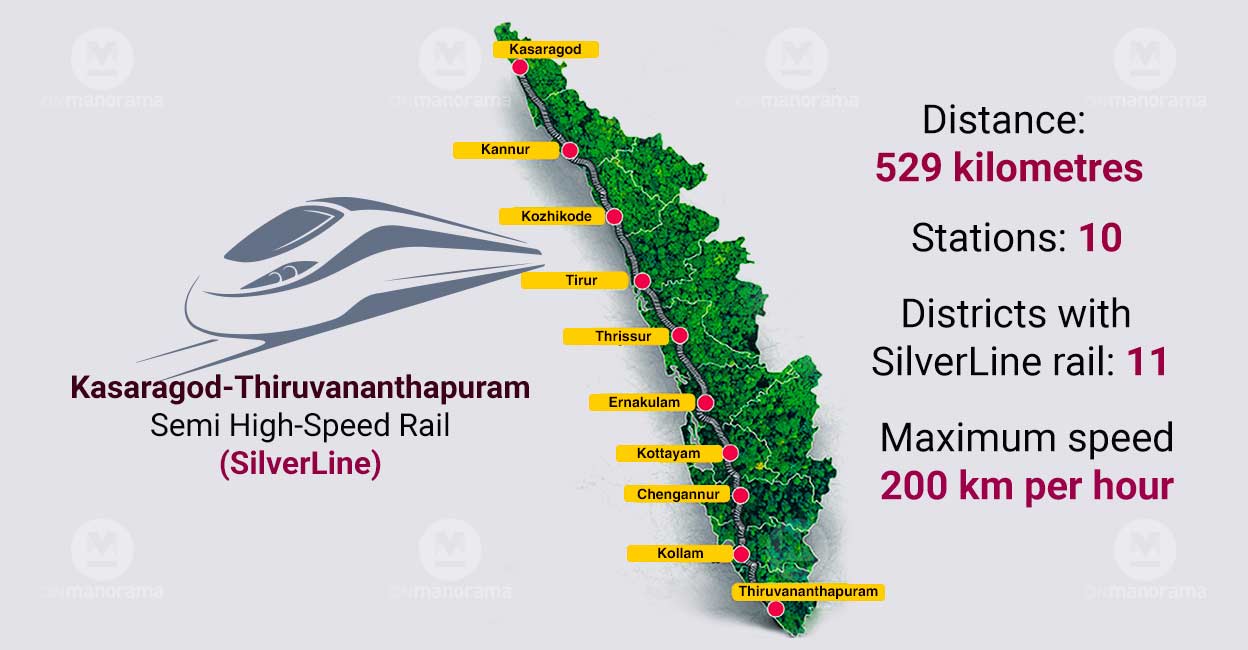
Environmental activist E Unnikrishnan too echoed him. “Madayippara is as significant as the Silent Valley. K-Rail will destroy the ecosystem and biodiversity. So it is the duty of the people to protect the hillock,” he said.


